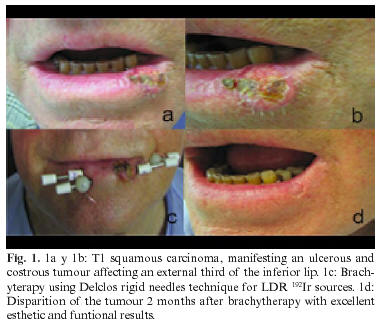 |
| A patient undergoing Radiation therapy |
What is Radiation Oncology?
- Radiation oncology is a field that was born shortly after the discovery of x-rays by William Roentgen in 1985
- Used for treatment of malignant (cancerous) and benign (non-cancerous) growths using ionizing radiation.
- Popularly known as Radiation therapy (RT)
- RT has the potential to harm the normal tissues as well, but many significant improvements have been made in the past 2 decades.
- This has improved the targeting of RT due to better imaging techniques and delivery techniques.Normal tissues are spared as far as possible.
- RT plays a major role in Cancer therapy when it comes to cure, and even more in palliation
There are two main types of delivery systems : External beam therapy and Brachytherapy
- External Beam radiation therapy(EBRT)
 |
| this is what a linear accelerator looks like |
Here, as the name suggests, RT is given through an external device. It is called 'linear accelerator'
The patient is positioned in a suitable manner and RT is given over the tumor area which is marked.
- Brachytherapy
 |
| a picture of a patient undergoing brachytherapy successfully |
Here, radioactive sources (like needles) are implanted in the body of the patient.
This is done either in the tumor , or near the tumor.
Other special techniques include:
- Stereotactic radiosurgery (SRS)
- Stereotactic radiotherapy (SRT)
- Intensity- modulated radiation therapy (IMRT)
These methods of RT delivery will be discussed in detain in the following articles.
Now, lets find out what RT does to the tumor cells.
What is the purpose of RT?
- DNA present in the nucleus of every cell is responsible of cell multiplication.
- RT disrupts the structure of DNA by breaking the base of DNA molecule.
 |
| radiation damage to DNA |
What is radiation damage?
- radiation damage is manifested by loss of reproductive capacity of a cell or 'reproductive death'
- most cells do not manifest this until they attempt to divide.
- sometimes, RT induces 'apoptosis' (a process of natural cell death) in the cells which results in their death.
- in case a cell has sustained the damage caused by RT, it divides a couple of times before dying.
- this phenomena of not expressing radiation damage by cells, is clinically important.
- because of this, the slow dividing tumors may persist for months after RT and appear malignant too.
- a normal report will be obtained only after these cells have had an opportunity to divide.
- eg, in case of prostate carcinoma, a normal biopsy after RT can only be obtained after as long as 24 months.
Also read
What is tumor staging or TNM staging?
Cancer and surgery.
What are the side-effects of radiation therapy?
Brachytherapy step-wise procedure
Brachytherapy for prostate cancer.
No comments:
Post a Comment